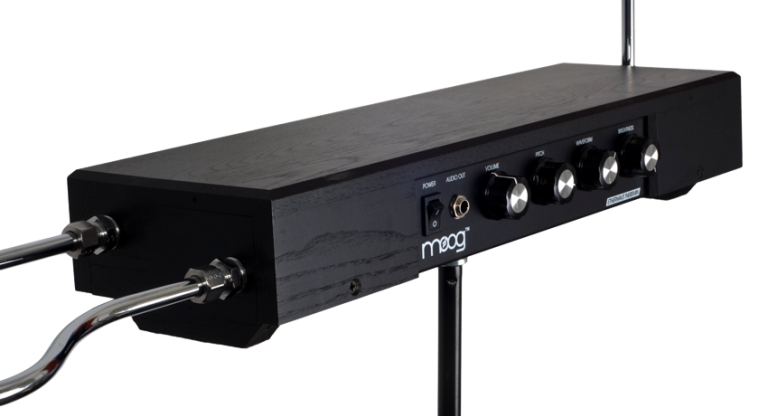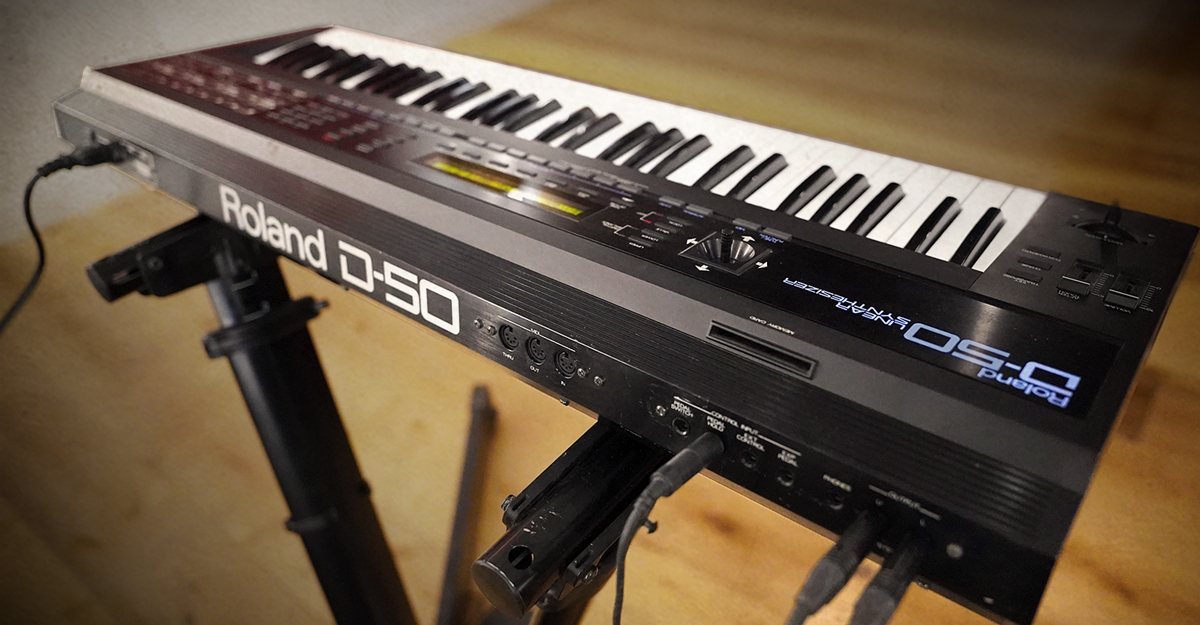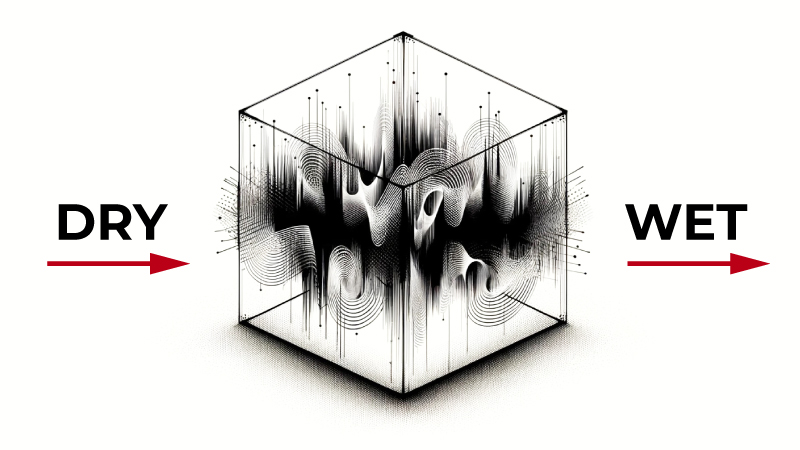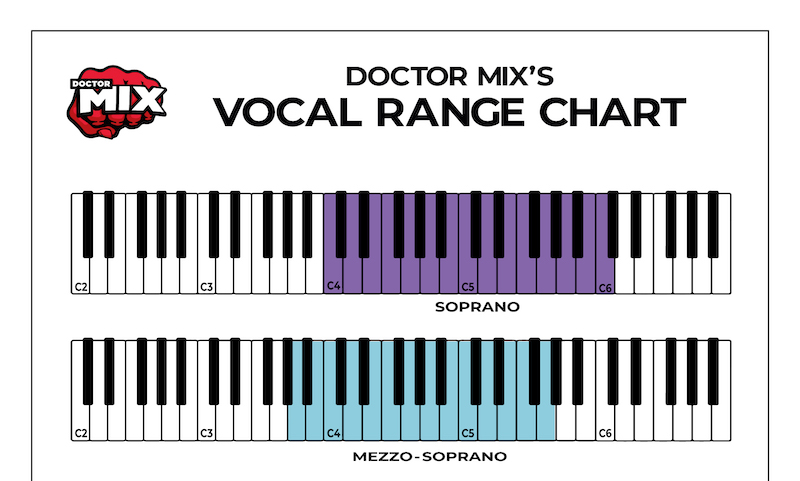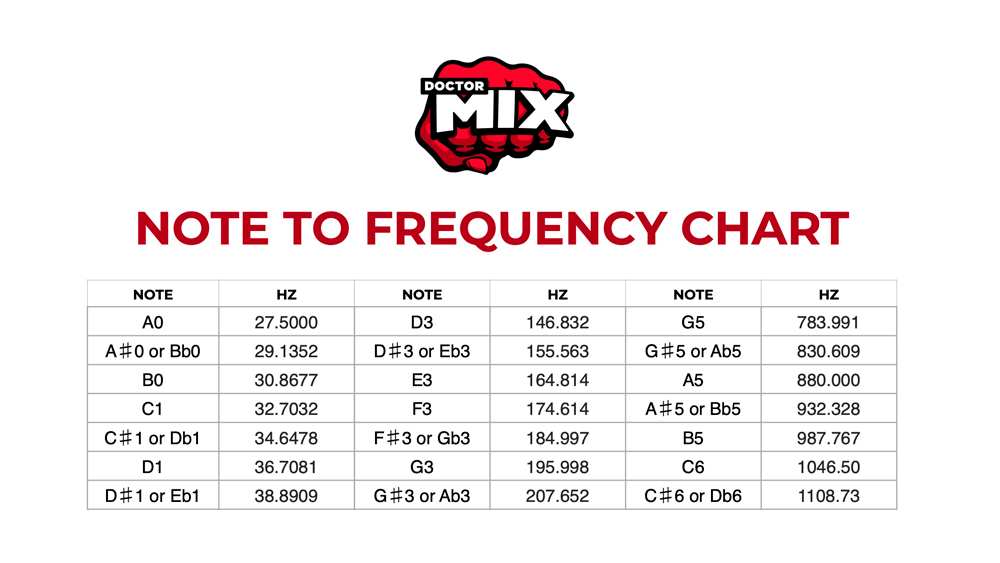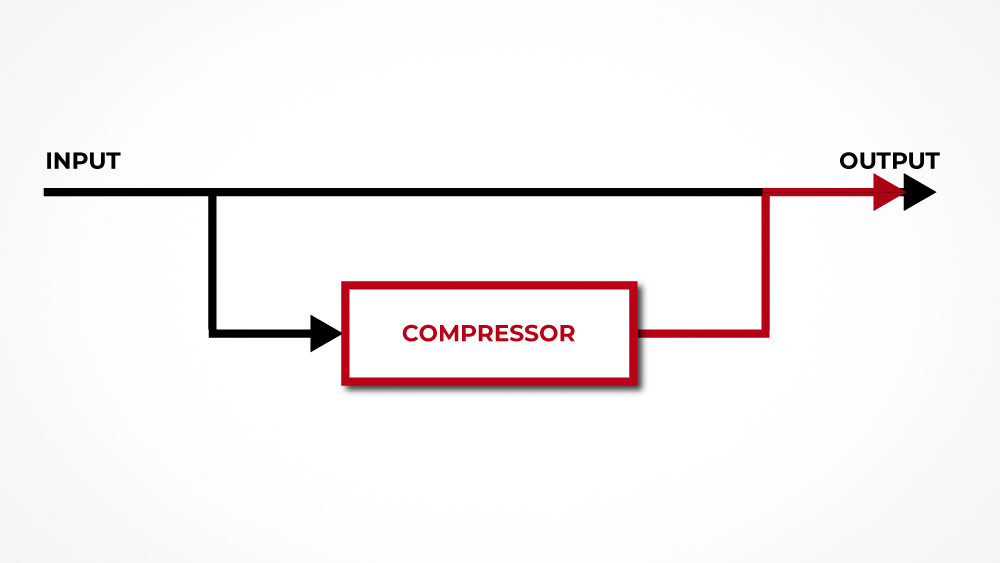Sequential Circuit – Prophet 5
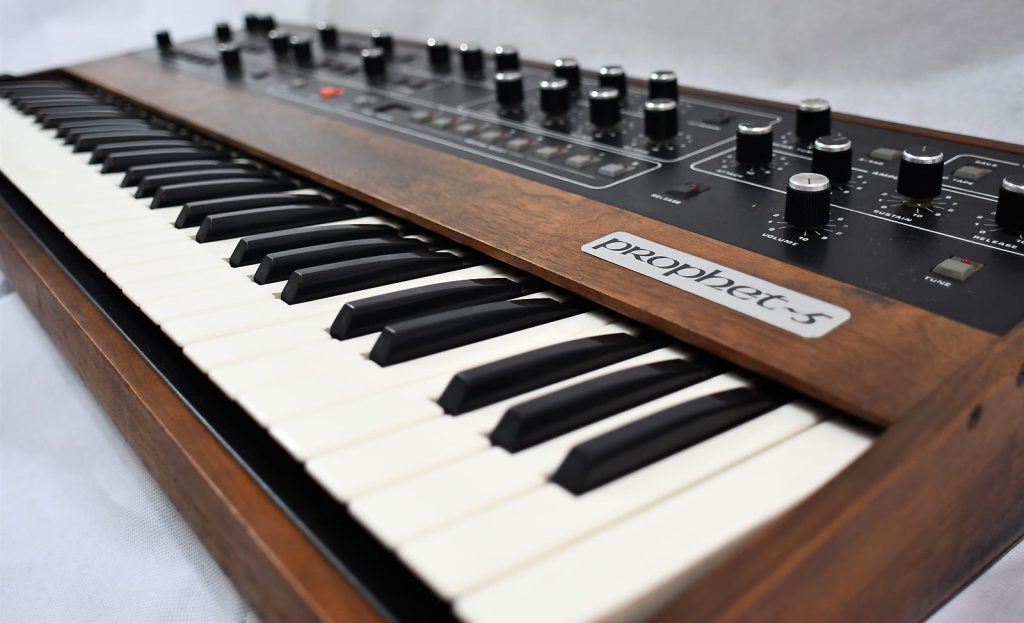
A Synthesizer Like No Other
When it comes to synthesizers that have left an indelible mark on the music industry, the Sequential Circuits Prophet 5 stands tall. As the first commercial portable polyphonic synthesizer with recallable patches, this radically innovative instrument was the first of its kind and became the blueprint for countless successors.
A Brief History
The Prophet 5, born in 1977, was a brainchild of American engineers Dave Smith and John Bowen. Its inception marked the introduction of microprocessors in synthesizers, making the Prophet 5 the first fully programmable polyphonic synthesizer with a memory bank. This feature alone set it apart from its contemporaries, transforming the synthesizer from an instrument of unpredictable sound creation to one capable of delivering a standardized set of familiar sounds.
Between 1978 and 1984, around 6,000 units were produced, including three major revisions. The first two versions are known for their hand-assembled nature and the use of SSM chips, while the third revision saw a switch to CEM chips, offering more stability and a slightly different sound character.
Technical Specifications
- Polyphony: 5 voices (Prophet-5) and 10 voices (Prophet-10)
- Oscillators: 2 VCOs per voice, offering both Analog Subtractive and FM synthesis
- Filter: 4-pole resonant low-pass
- Envelope: 2 ADSR envelope generators per voice
- LFO: 1 Low-Frequency Oscillator
- Memory: 40 patches, expandable to 120 in later units, and 200 in the Rev4 iteration
- Keyboard: 61 keys, with the Prophet-10 featuring double 61 key manuals in its 1981-84 version
- Velocity: No on Rev1 to Rev3 models, Yes on Rev4
- Aftertouch: No on Rev1 to Rev3 models, Yes on Rev4
- Left Control: Pitch and modulation wheels
- External Control: CV/Gate, proprietary serial interface, MIDI (Rev 4 only)
- Dimensions: Width 37.5 inches (95.25 cm), Height 4.9 inches (12.45 cm), Depth 16.4 inches (41.66 cm)
- Weight: 31 pounds (14.06 kg)
- Production Years: 1978–84, with reissues from 2020 onwards
- Price: Originally ranged from $3,995 to $4,595, with the Rev 4 (2020) priced at $3,499 (5-voice) and $4,299 (10-voice)
Notable Uses
- The Cars: “Let’s Go” (1979) and “Shake It Up”
- Kraftwerk: Used extensively during their 1981 “Computer World” Tour
- Japan: “Ghosts”
- Michael Jackson: Extensive use on the album “Thriller”
- Madonna: “Like a Virgin”
- Peter Gabriel: “So” (1986) and “Of These, Hope” (1989)
- John Carpenter: Various soundtracks including “The Terminator”
- Vangelis: “Blade Runner” soundtrack
- Herbie Hancock: Used on the album “Mr. Hands” (1980)
- George Duke: “Brazilian Love Affair”, “Sugar Loaf Mountain”, and “Up From The Sea It Arose And Ate Rio In One Swift Bite” from the album “A Brazilian Love Affair” (1980)
- Four Tet and Sun Ra: “Sun Drums And Soil” (2005)
- Giorgio Moroder: “Cat People” soundtrack (1982)
- Van Morrison: “Beautiful Vision” (1982) and “Inarticulate Speech Of The Heart” (1983)
- Gary Numan: “The Aircrash Bureau” and “This Wreckage” from the album “Telekon” (1980)
- Soft Cell: Multiple tracks including “Bedsitter”, “Martin”, and “Say Hello, Wave Goodbye”
- St Etienne: Albums “Foxbase Alpha” (1991) and “So Tough” (1993)
- Tangerine Dream: “Poland Live” album (1984)
- Ultravox: “Revelation” album (1993)
- Rick Wakeman: “War Games” and “Forgotten Memories” (1984)
- Patrick Woodroffe / Dave Greenslade: “The Pentateuch of The Cosmogony” album (1979)
My Personal Experience
On a personal note, acquiring my Prophet 5 Rev 3.2 on November 23, 2020, was a milestone. This synthesizer isn’t just an instrument; it’s a piece of history. As my first serious vintage polyphonic analogue synthesizer, I the Prophet 5 for big analogue pads, leat synth, synth bass and as well space-like sounds, using the resonance ad higher settings and playing with LFO and envelopes to the filter. And I can easily recall my presets which gives me great flexibility, compared synths that can’t store patches at all.
The Legacy Lives On
The Prophet 5’s legacy was further cemented when Sequential reissued new versions in 2020, including the Prophet-10. These modern incarnations preserve the essence of the original while integrating contemporary features like USB and MIDI connectivity.
A Timeless Icon
The Prophet 5 gave musicians an incredibly powerful tool, revolutionizing the way music was made. Its impact can be heard in the tunes of its time and it’s still a big deal today. It’s not just any old synth; it’s one of the most sought-after and increasingly pricey vintage synths out in the market.
Featured Videos













